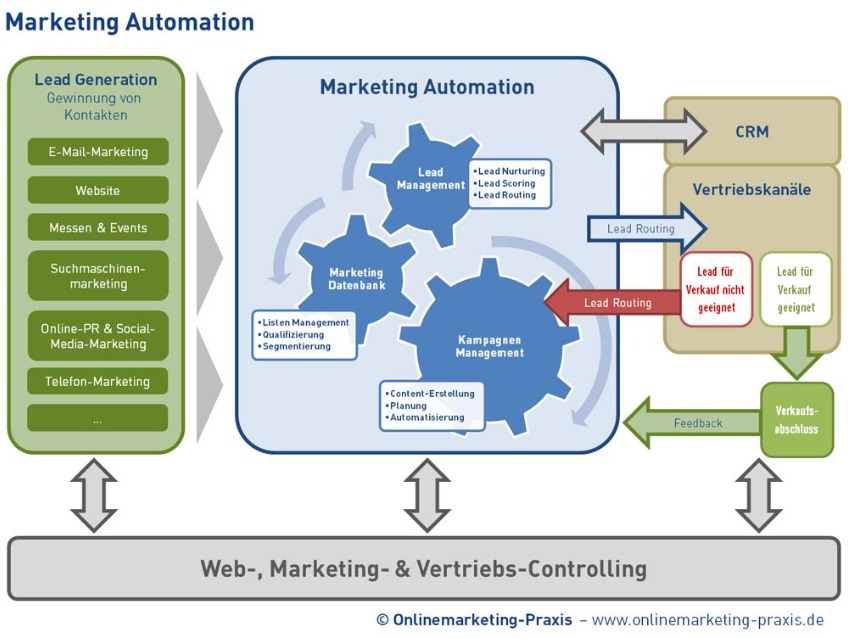Are Your Admission and Communications Offices in Sync?
Imagine you’re trying to cook a gourmet meal. You have two chefs, each with their own set of recipes and techniques. One believes in the art of delicate seasoning, while the other is all about bold flavors. Now, picture them in the same kitchen, trying to create a cohesive dish. Chaos, right? This is the scenario some independent schools face with their admission and communications offices. The Evolution of Roles At many independent schools, admission and communications offices were created as afterthoughts, long after the educational programs were established. True admission offices, not just registration offices, were often born out of a need to recruit more students to keep a school sustaining, while communications offices emerged to handle major publications, the websites, and external messaging and new ones today, the social media world. Over time, these roles have evolved, but the overlap in their functions can create significant friction and inefficiency as I experienced when a director of marketing and communications went rogue on me. Defining Marketing, Communications, and Sales Before we dive deeper, let’s clarify some terms: Marketing is about creating the right content to showcase your school’s educational expertise and offerings. Communication involves distributing and packaging those messages in a way that appeals to the audience. Sales is the ability to connect the school’s solutions with the needs of prospective families, while addressing any objections they may have. In the context of enrolling new students, the admission office leverages marketing, communications, and sales strategies. Meanwhile, the communications office focuses on marketing and communications efforts. This division often leads to blurred lines and conflicts. Yes, I find many offices that work together, but they tend not to be a cook of either bold flavors or delicate seasoning. They are more collaborative, but not strategic in their approach. Typical Activities and Potential Conflicts Consider the following activities and try to determine which office should be responsible: Institutional Brand Institutional Messages Open House School Fair Viewbook Website Facebook, Twitter, YouTube Advertisements Who takes the lead on each? Is it admissions or communications? The lack of clear boundaries can lead to inefficiencies. However, the lack of consistency in the marketing, communications, and selling focus leads to lesser results. The “Two Cooks in the Kitchen” Dilemma A Director of Admission may bring their own marketing and communications philosophy, which might clash with the Director of Marketing and Communications’ approach. This “two cooks in the kitchen” scenario begs the question: who makes the final call on messaging, viewbooks, videos, and events? The answer often depends on the individual skill sets and how they are integrated into the school’s overall strategy. Common Pitfalls and Solutions Conflicts often arise from unclear roles and expectations. For example, who decides the content and messaging for an Open House event? Should admissions handle the content of the event, while communications handles the messaging. Similarly, who manages the focus of the school’s website or social media content? Is it a collaborative effort, or does one office have the final say? Some schools attempt to solve this by dividing responsibilities: admissions manage events and literature, while communications handle the website and advertisements. However, this can lead to disjointed messaging and inefficiencies. A cohesive approach requires clear definitions of roles and responsibilities. Champagne Problem I recognize that there are many offices that don’t have this problem, because the director of admission is also the director of marketing and communications. So what I am mentioning here is a Champagne Problem, the school is fortunate when they are able to afford two people. That is another article about resources to get the enrollment management work done and ultimately achieve the necessary tuition revenues. Start here for that conversation. Crafting a Cohesive Team Navigating the complex landscape of admission and communications roles requires school heads to meticulously evaluate the skill sets of their directors and cultivate a truly collaborative environment. The ultimate goal? To create a seamless team working toward shared objectives. Here’s a strategy based on my experiences that might help: Hire a Director of Admission with Strong Marketing Skills: This individual should oversee traditional admission responsibilities while receiving support from the Director of Communications to advance the messaging and communications. Hire a Director of Marketing and Communications: This person should spearhead all marketing and communications efforts, ensuring message consistency across all platforms. They should determine how the events are messages and direct the sales people. While these are just two possibilities, the key lies in defining clear roles and setting collaborative goals. Equally important, but not attended to, is having someone with a strategic approach who can help hit enrollment numbers and strengthen the school’s brand. Do either the director of the admission office or communications have a strategy for enrollment success? Let me share a bit from my own journey. The best situation I ever had was when the Director of Marketing and Communications viewed me as their client. Their primary objective was to equip me with the tools needed to achieve our enrollment goals. This approach made all the difference. I was the head cook and they help and advised me to create the best meal. I recall a time when I was frustrated with a Director of Marketing and Communications and voiced my concerns to the head of school when she went rogue. I said, “I have never heard of someone in the communication role being called before the head of school or the board of trustees to answer, ‘Why didn’t you achieve the enrollment goals?’” The responsibility ultimately falls on the Director of Admissions or Dean of Enrollment. For me, embracing the responsibility for enrollment is essential, but I also want the final say in strategies that I believe will work. Often, the lines weren’t clear, leading to confusion and inefficiency. In my experience, a cohesive team with clear role definitions and strategic alignment can turn potential chaos into a well-orchestrated symphony, ultimately driving your school toward its enrollment and branding goals. You will need a head cook
Are Your Admission and Communications Offices in Sync? Read More »







